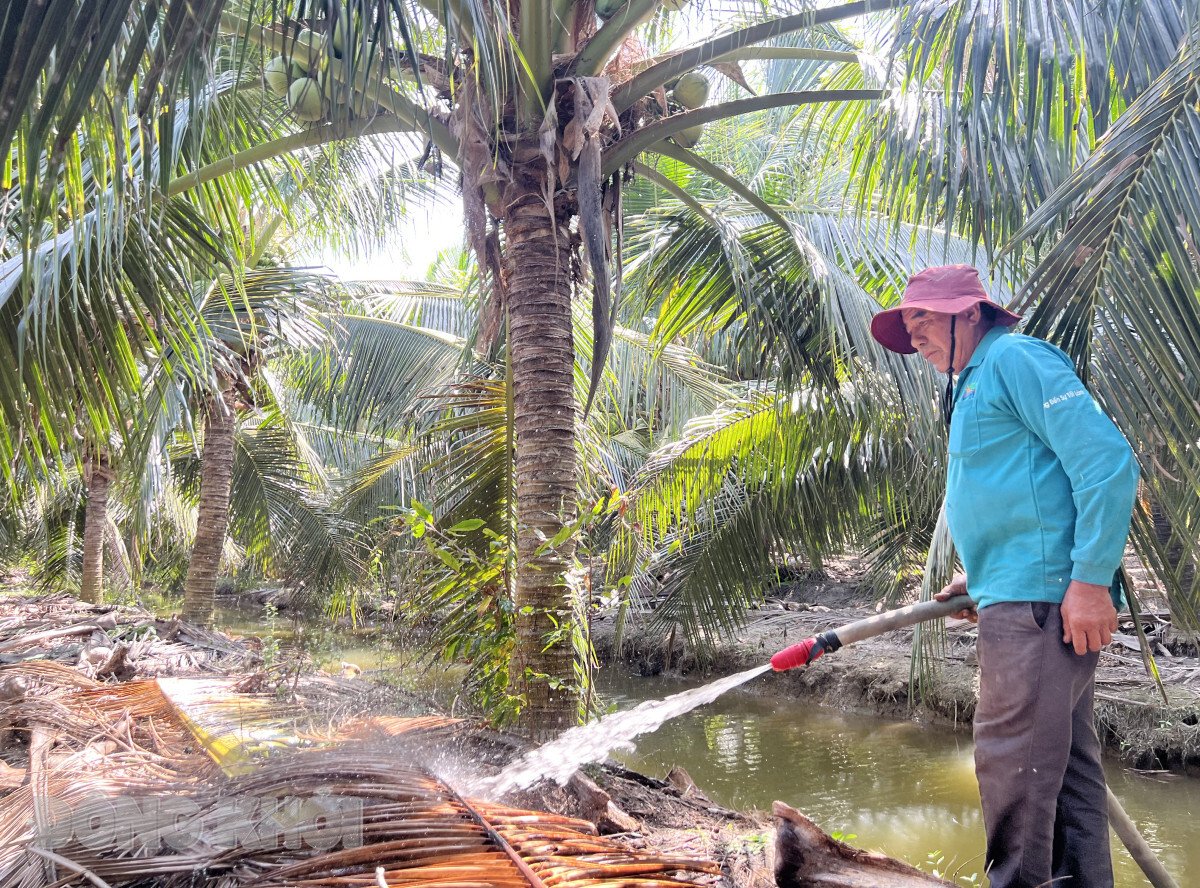
Mr. Ho Van Tu's family converted all 3 hectares of rice land to coconut farming.
Growing coconut for high income
The province has 3 areas of saline, brackish and fresh water, but recently, saline intrusion has been increasingly deep into the fields, so people have switched to suitable crops and production methods. Among them, many models have converted from ineffective rice to other crops, especially coconut, which is completely suitable in the current increasingly extreme weather conditions.
In the past 10 years, the weather and climate change in the province have become increasingly extreme. The most severe were in the dry seasons of 2016 and 2020, when drought and saltwater intrusion damaged hundreds of hectares of rice, crops, fruit trees, and aquatic products, causing thousands of billions of VND in damage. Since 2016, people have gradually switched to drought-tolerant crops to adapt to the harsh climate change conditions. The fields of Phong Nam commune (Giong Trom district), which used to be vast rice fields, now have only a few plots interspersed with coconut gardens in a "leopard-skin" style because of increasingly severe saltwater intrusion, making rice no longer suitable. Instead of struggling to prevent drought and saltwater intrusion, many people have gradually adapted with different crops and farming methods to bring about economic efficiency.
The family of Mr. Ho Van Tu, residing in Phong Phu hamlet (Phong Nam commune) has converted all 3 hectares of rice land to coconut farming after more than 40 years of growing rice. Mr. Tu recounted: “In 2016, my family suffered heavy losses due to saltwater intrusion, which destroyed almost all 3 hectares of rice. Seeing that the drought and salinity situation was getting more and more severe, I gradually switched to coconut farming, initially only 1 hectare, gradually switching in the following years and by 2022, converting the entire 3 hectares of rice to coconut farming. Out of 10 households in this area, 9 have switched to coconut farming because rice is no longer suitable due to drought and saltwater intrusion deeper and deeper into the fields. Meanwhile, coconut trees are very resistant to drought and salinity, so many farmers choose to grow them.” According to Mr. Tu, currently, on average, 1 hectare of coconut brings a profit of about 15 million VND/month, so life is quite stable.
In An Hiep commune (Ba Tri district), Mr. Tran Van Nhin's family also converted the entire 1 hectare of rice land to coconut and grass for raising cows. Mr. Nhin said: "Recently, the land in An Hiep commune, due to its proximity to the sea, has often been inundated by salt water, causing damage to rice farmers. Therefore, in 2017, my family converted the entire land area to coconut combined with grass to raise 5 cows. Thanks to the appropriate conversion of salinity-tolerant crops, the model has been stable until now. This model does not bring in high income but is suitable for the current local conditions, so most people have converted."
According to statistics, Giong Trom district is one of the localities that has converted from rice cultivation to coconut cultivation and grass cultivation to raise cows the most in the province due to the impact of drought and salinity. Deputy Head of the Department of Agriculture and Environment of Giong Trom district, Nguyen Vu Phong, said: “If in 2015, the whole district had about 2,800 hectares of rice, it has now decreased to about 500 hectares and will continue to decrease in the coming time. The main reason is that due to the impact of drought and increasingly severe salinity, people have switched to growing coconut, grass to raise cows and other crops.”
Mango growing model in Thanh Phu
In the coastal districts of Binh Dai and Thanh Phu, people have also switched to growing four-season mangoes to suit the soil and climate conditions of the coastal sand dunes with an area of over 1,000 hectares. Of which, Thanh Phu district has the largest area of about 700 hectares, concentrated in the communes of Thanh Hai, Thanh Phong, and Giao Thanh. Mr. Mai Thanh Trien's family, in Thanh Loc hamlet (Thanh Phong commune, Thanh Phu district) has been cultivating 1 hectare of four-season mangoes for more than ten years. Mr. Trien said: "The drought situation is increasingly severe in the dry season, so the family has invested in a drip irrigation system for the entire mango area to save water, fertilizer, and labor. Many households in this coastal sand dune area have switched to growing mangoes and participating in cooperatives producing according to VietGAP standards, bringing higher economic efficiency than before."
Currently, in Thanh Phong commune, there are more than 300 hectares with 210 households growing four-season mango on coastal sand dunes. Vice Chairman of Thanh Phong Commune People's Committee Nguyen Van Tai said: "The mango growing model is suitable for local soil and climate conditions, so it is being oriented towards specialized development and quality improvement. In particular, Thanh Phong Agricultural Cooperative currently has 61 households growing mango with an area of 100 hectares, which are being produced according to VietGAP standards and are granted growing area codes for export to markets such as the US, Korea, etc. Four-season mango trees are developing in accordance with the increasingly severe climate change conditions today."
According to Phan Van Binh, Chairman of the Farmers' Association of Thanh Phu district, recently, in the district, farmers have had many models of converting crops and livestock to adapt to climate change such as: switching from rice cultivation to coconut cultivation, grass cultivation to raise cows; from producing 3 rice crops/year to rice-shrimp model; growing mangoes on coastal sand dunes... This conversion helps farmers change their production methods and methods to adapt to increasingly severe climate change.
“Currently, the whole province has nearly 81,000 hectares of coconut, increasing by an average of 1,000 hectares each year. In fact, coconut trees have a high tolerance to drought and salinity, so they are very suitable for climate change and salinity intrusion conditions in the locality. Up to now, the area of coconut participating in the value chain in the province has reached over 25,000 hectares, accounting for over 30% of the total coconut area of the province with 32 cooperatives and 30 cooperatives participating in association and production organization. In which, there is the companionship of leading enterprises in the coconut product chain, bringing high economic efficiency”. (Deputy Director of Department of Agriculture and Environment Huynh Quang Duc) |
Article and photos: Thanh Chau
Source: https://baodongkhoi.vn/chuyen-doi-cay-trong-thich-ung-bien-doi-khi-hau-26032025-a144229.html



![[Photo] Closing of the 11th Conference of the 13th Central Committee of the Communist Party of Vietnam](https://vstatic.vietnam.vn/vietnam/resource/IMAGE/2025/4/12/114b57fe6e9b4814a5ddfacf6dfe5b7f)




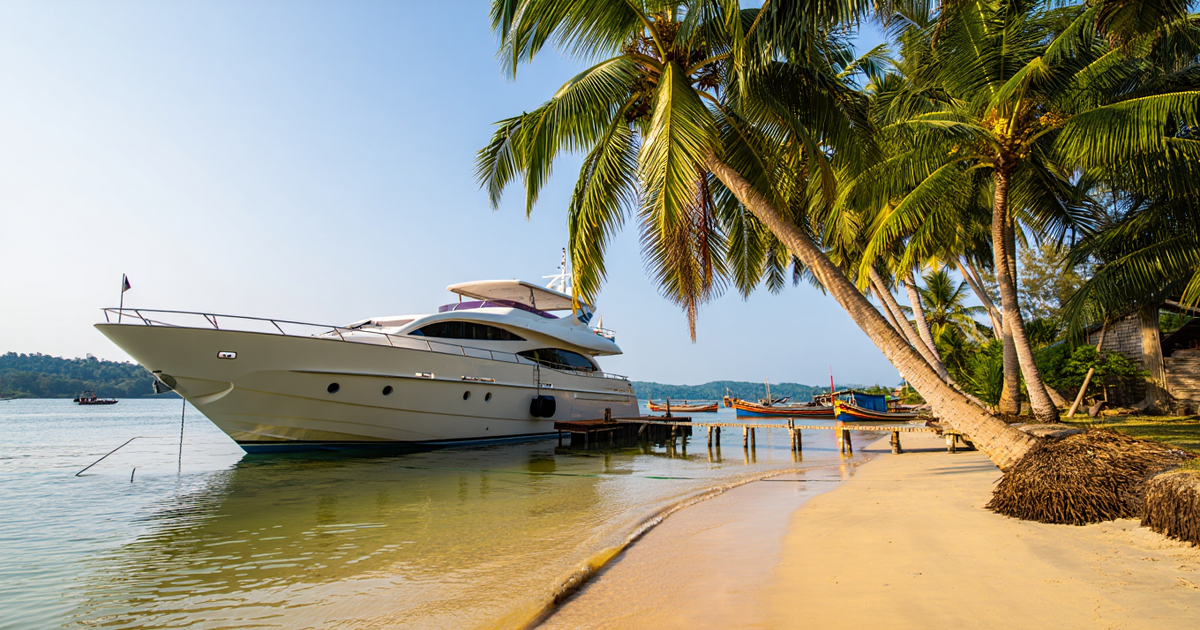
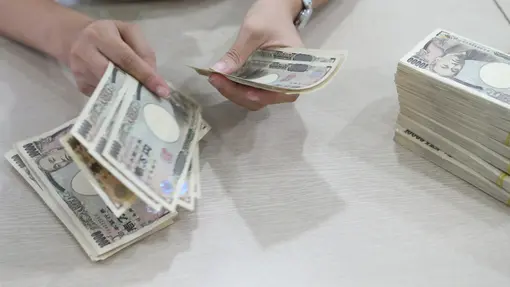
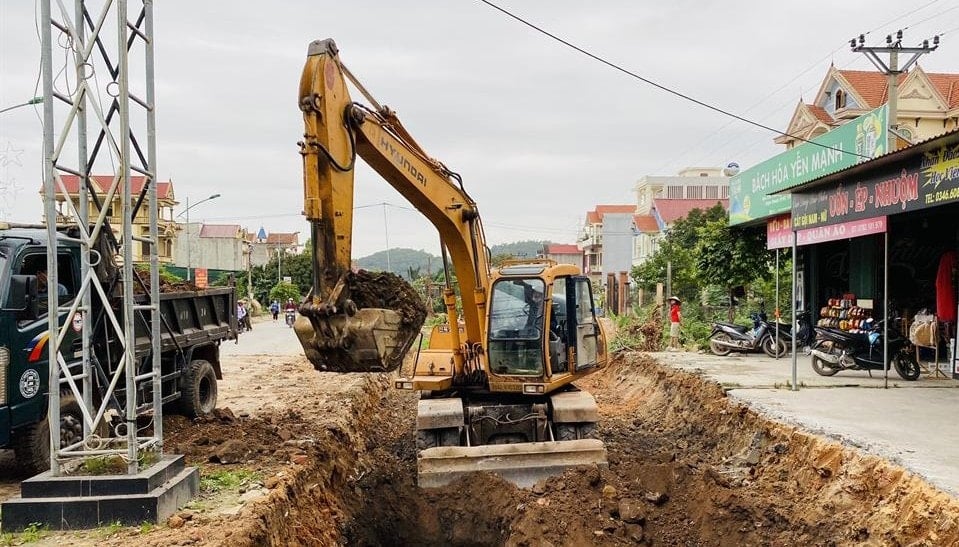
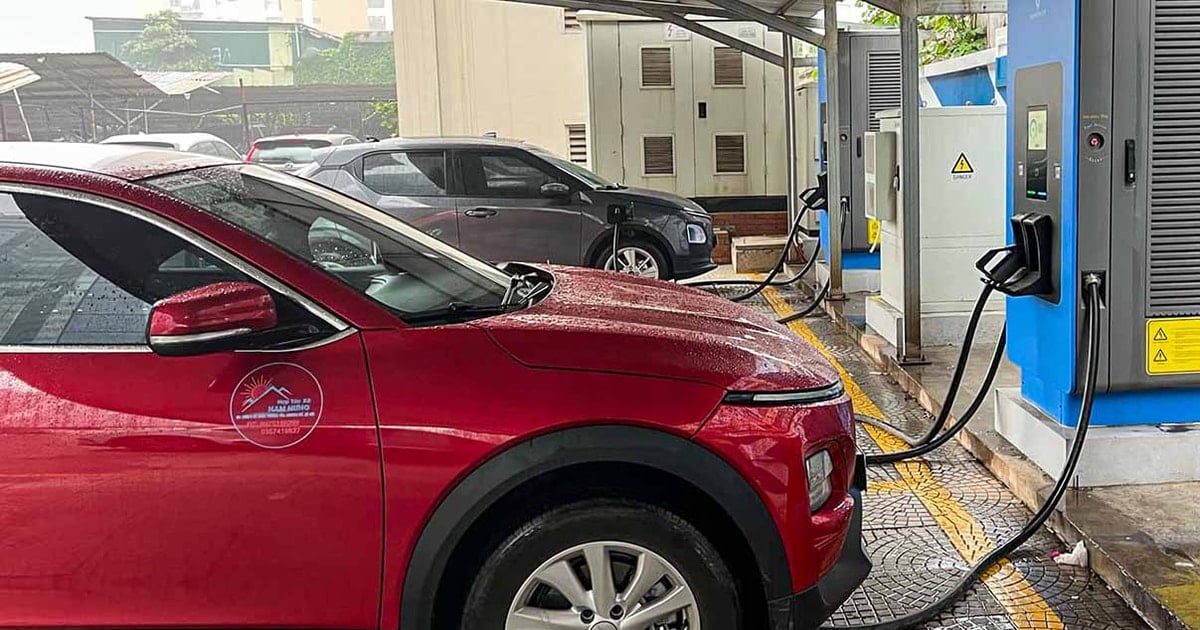
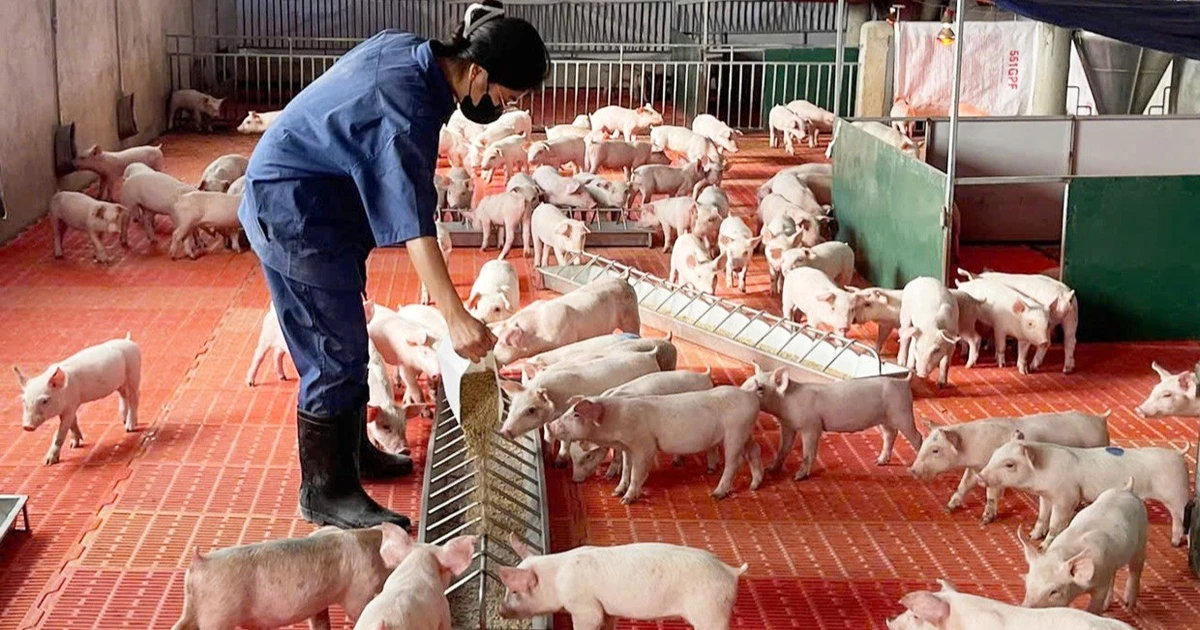
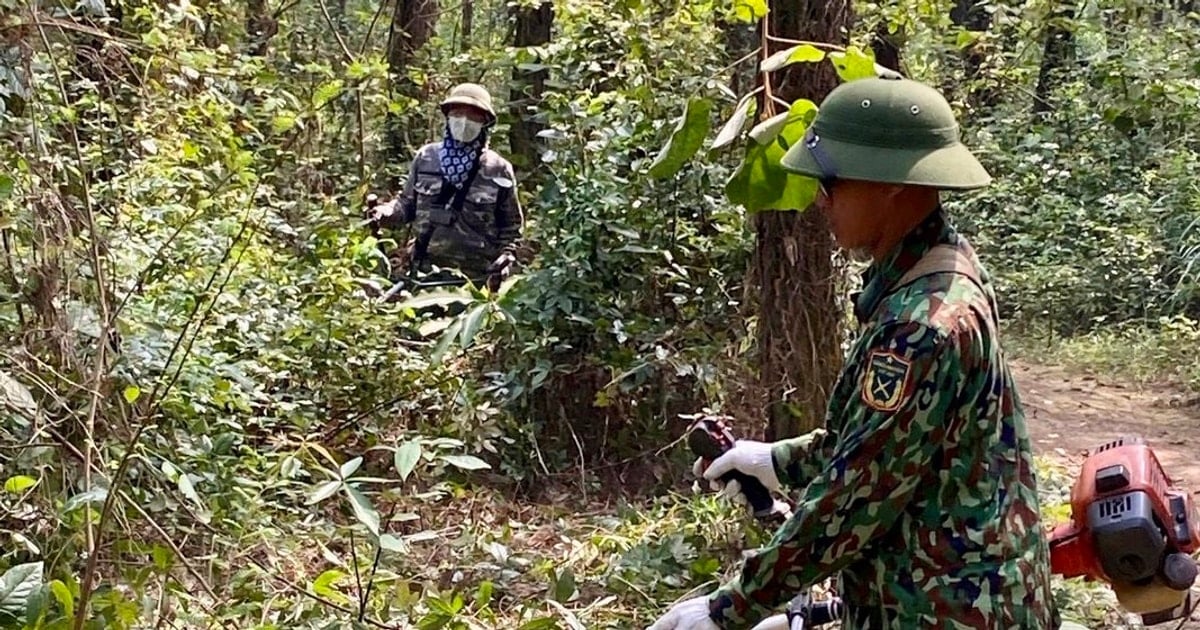




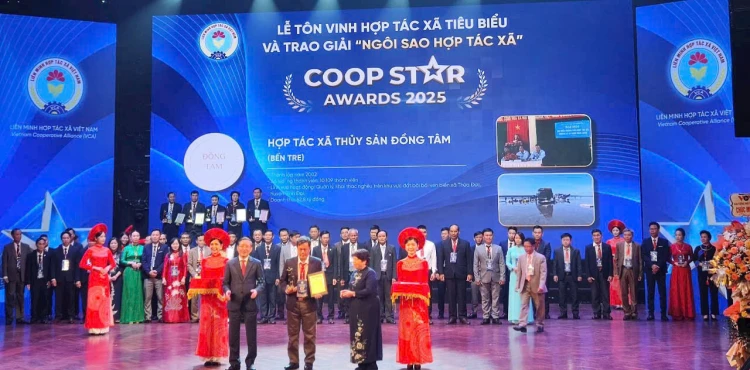
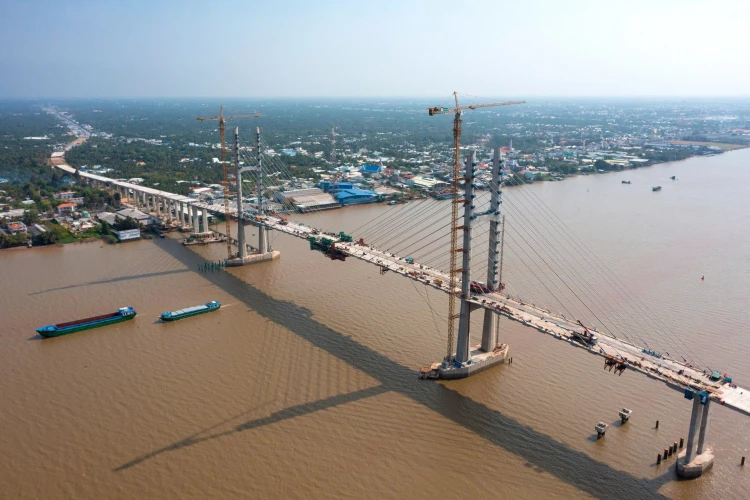
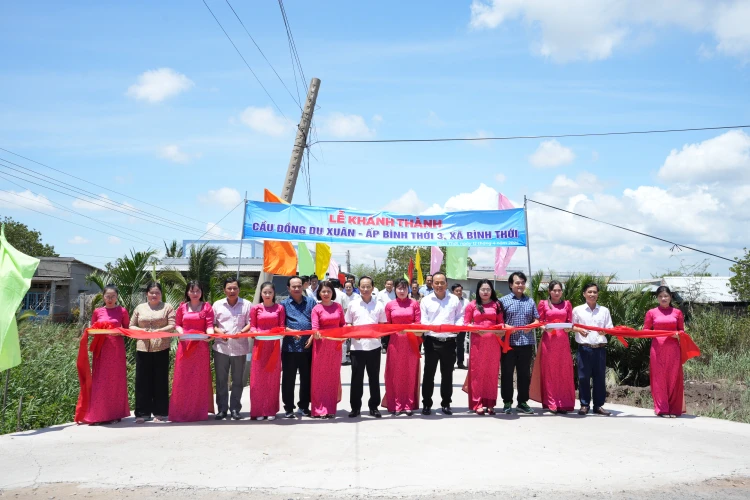
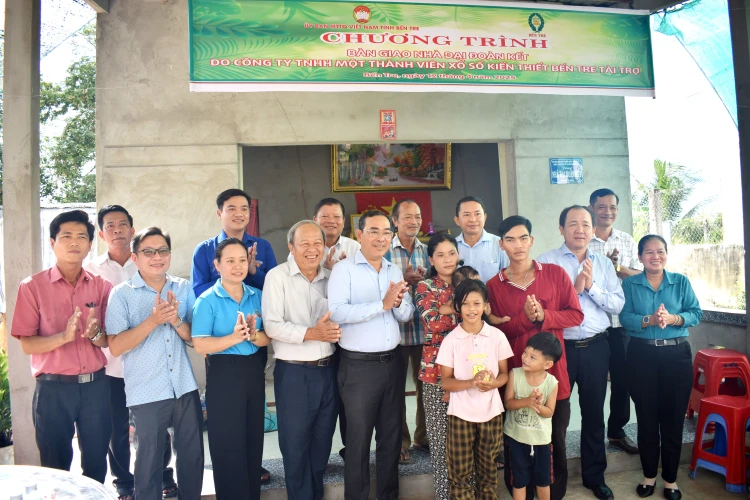

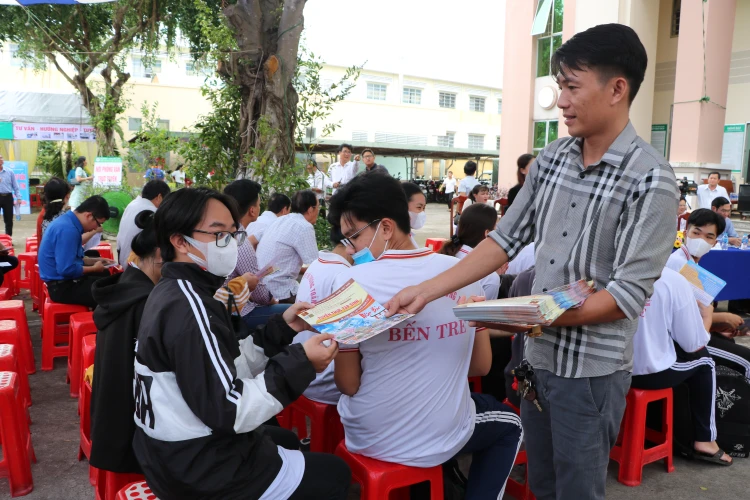
![[Photo] Overcoming all difficulties, speeding up construction progress of Hoa Binh Hydropower Plant Expansion Project](https://vstatic.vietnam.vn/vietnam/resource/IMAGE/2025/4/12/bff04b551e98484c84d74c8faa3526e0)

































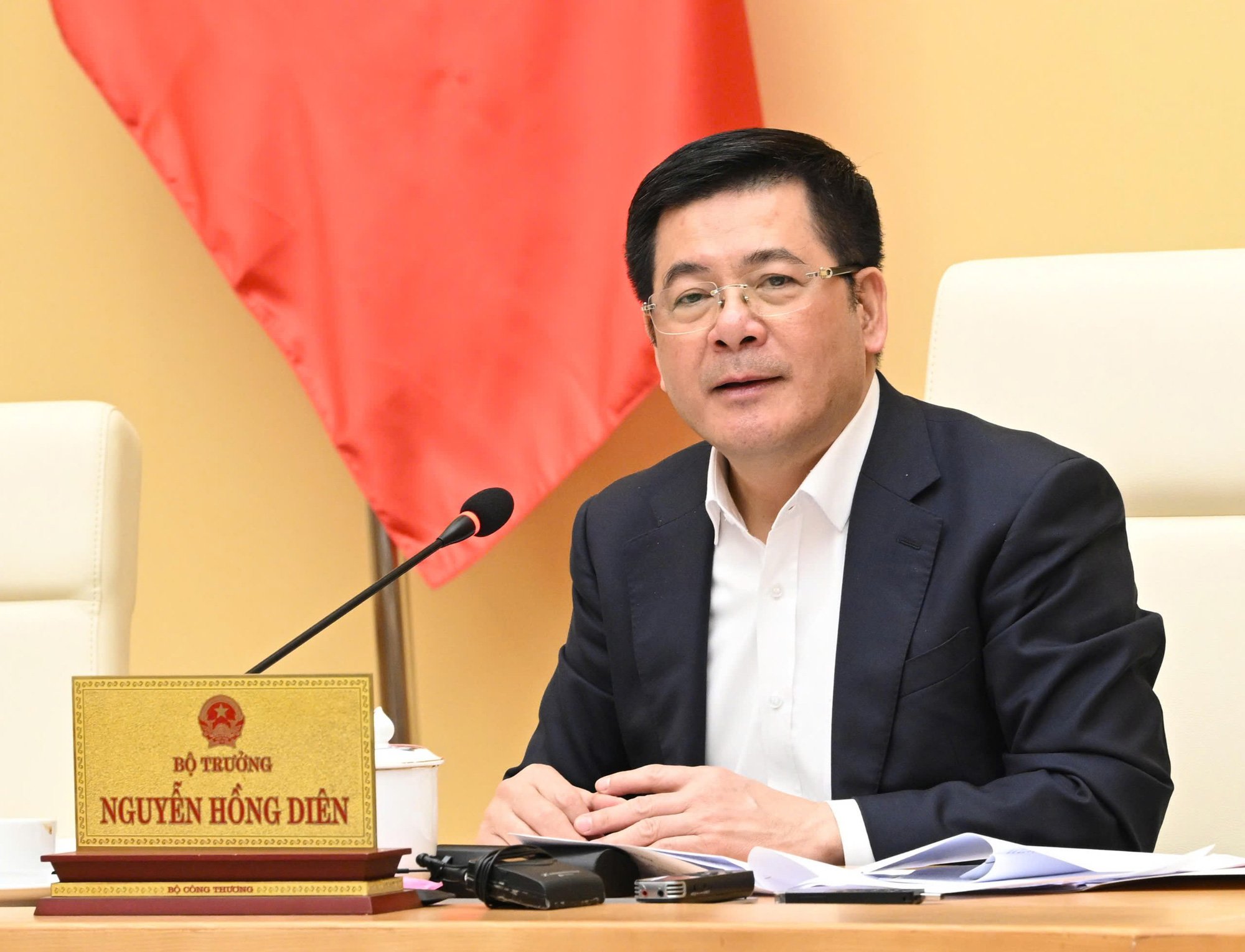












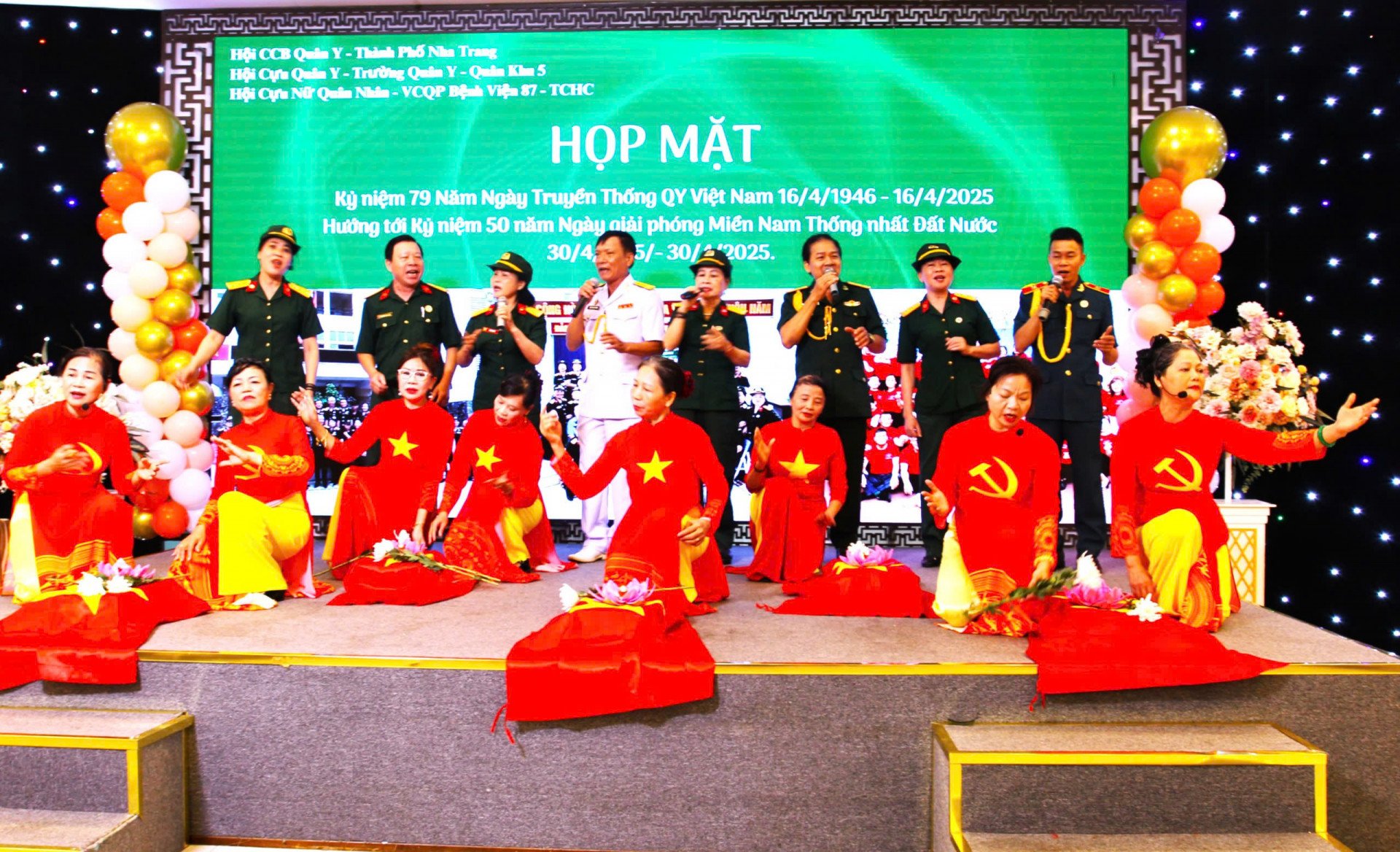

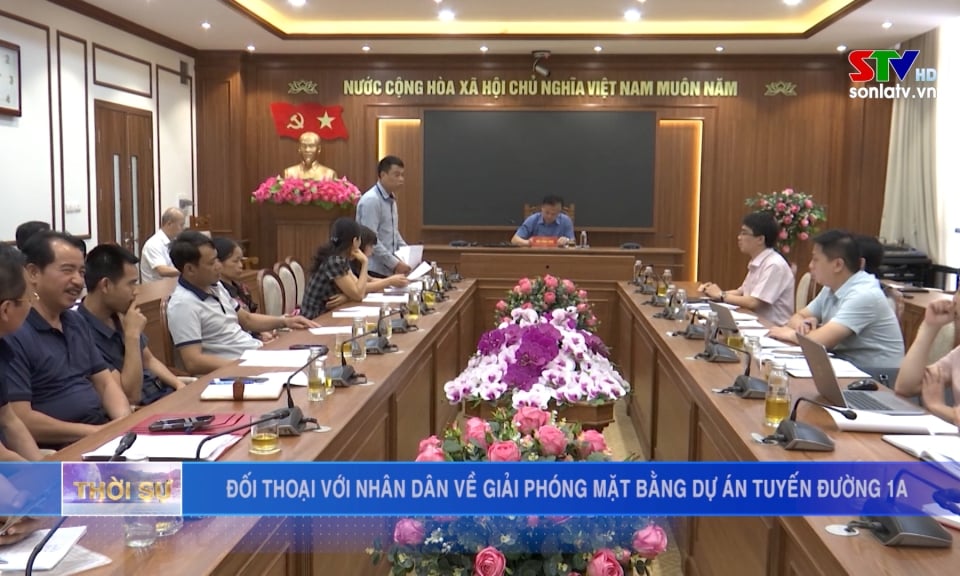
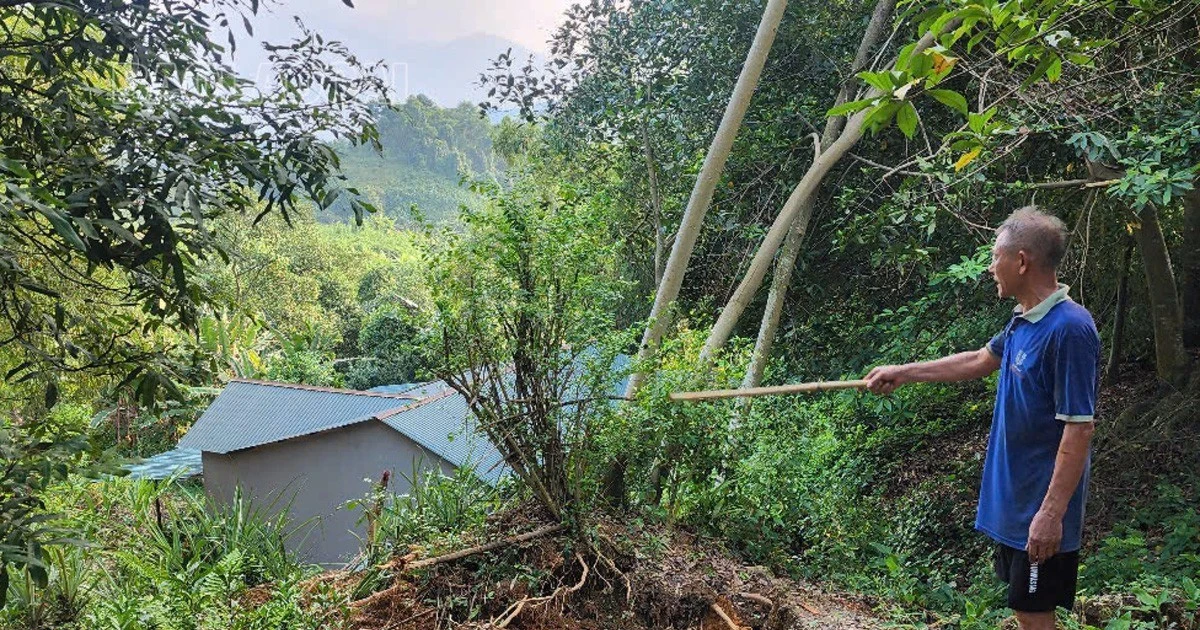

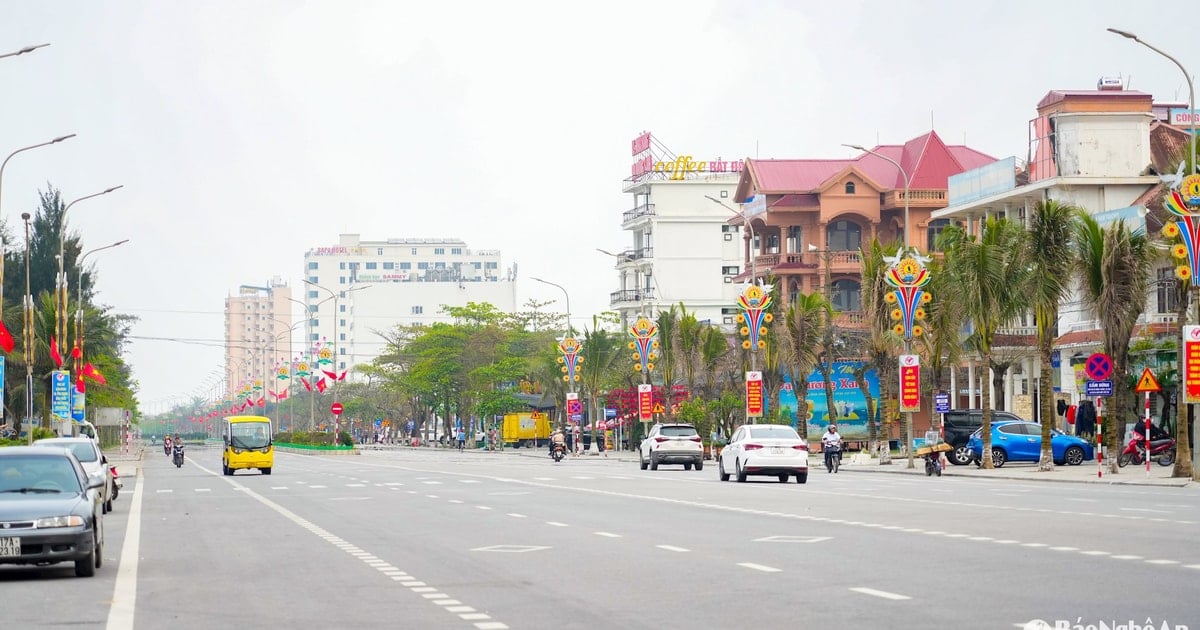

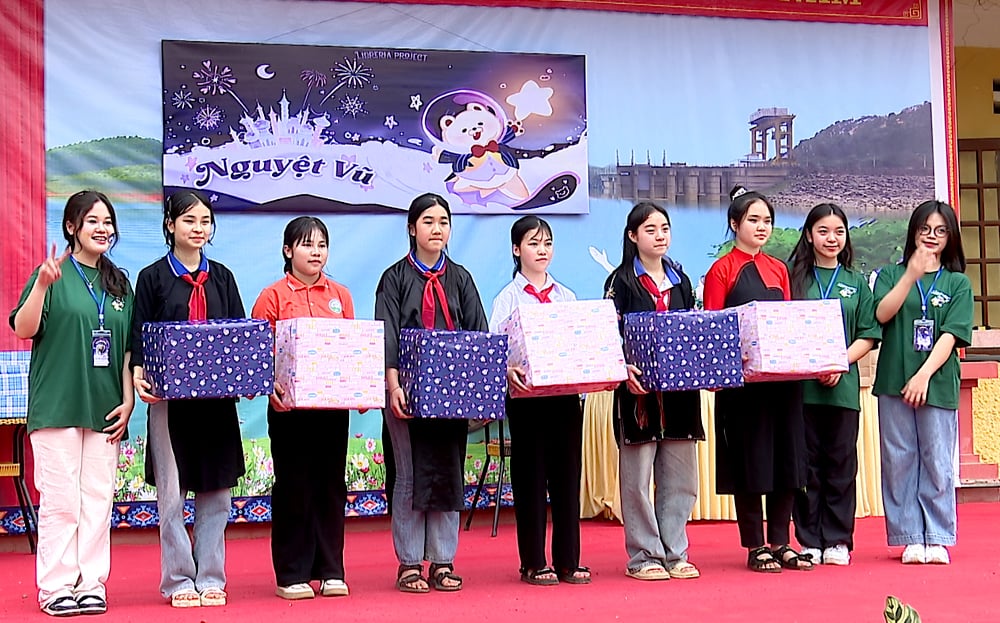










Comment (0)